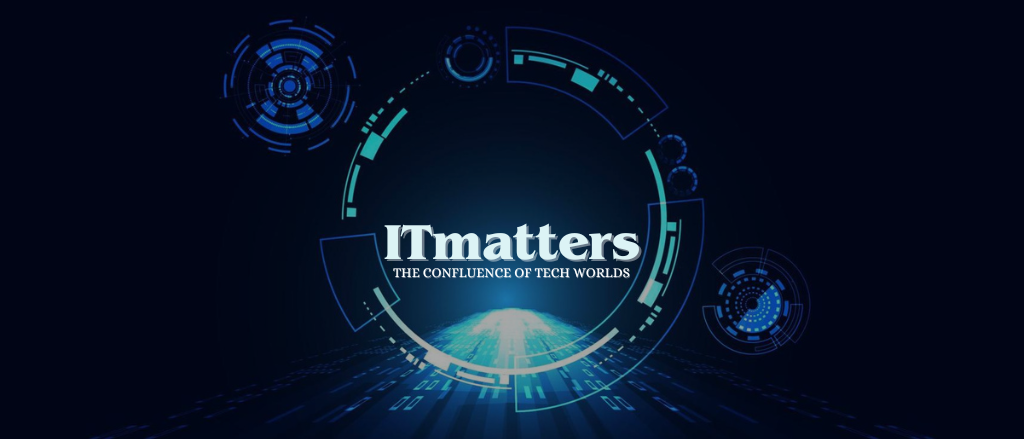Microsoft’s New Look for a Familiar Error
Microsoft has made a bold move that’s catching everyone’s attention. The famous Blue Screen of Death, known as BSOD, is getting a makeover. For years, this bright blue error screen has signaled trouble for Windows users. Now, Microsoft is changing its look and feel entirely. This shift comes with the preview of Windows 11 24H2, and it’s sparking conversations among tech fans. Let’s break down what’s happening, why it’s changing, and what it means for you.
A New Color Takes Over
The Blue Screen of Death is no longer blue. Instead, Microsoft has switched it to a stark black background. For those testing Windows Insider builds, it’s green, but the public version will stay black. This change strips away the vibrant blue that users have known for decades. The sad smiley face, a quirky hallmark of the BSOD, is gone too. Even the QR code, added in 2016 to help with troubleshooting, has disappeared. Microsoft seems to want a cleaner, less cluttered design.
The text is simpler now as well. It reads, “Your device ran into a problem and needs to restart.” This replaces the older, more dramatic wording. Plus, “device” swaps out “PC,” reflecting how Windows runs on more than just computers today. The error code still appears, but it’s smaller and tucked at the bottom. These tweaks make the screen feel less intimidating, though some might miss the old charm.

Why Microsoft Made the Change
Why ditch an icon like the Blue Screen of Death? Microsoft hasn’t said much officially, but there are clues. The BSOD has long been a symbol of Windows woes, often tied to update glitches or crashes. By redesigning it, Microsoft might hope to shake off that negative vibe. A black screen feels more modern, even if it’s a bit somber. Some jokingly call it a “funeral” for the old design, but it could signal a fresh start.
Interestingly, Microsoft toyed with this idea before. During Windows 11’s early days, a new crash screen was in the works. However, they held off until now. Perhaps they needed time to perfect it or waited for the right update. Either way, this change aligns with Microsoft’s push to streamline Windows. It’s less about nostalgia and more about moving forward.
What This Means for Windows Users
For everyday users, the shift might feel bittersweet. The blue screen was a shared experience, almost a rite of passage for Microsoft fans. Seeing it turn black could take some getting used to. Yet, the simpler message and design might ease the panic of a crash. You’ll still get the key info—like the error code—but without the extra flair. This could make troubleshooting a bit harder without the QR code, though.
The rollout isn’t fully here yet. Microsoft is testing it in Windows 11 24H2 preview builds. It’ll likely hit the public through a future update, possibly on a Patch Tuesday. Until then, most users won’t see it unless they’re part of the Insider program. When it does arrive, expect mixed reactions. Some will welcome the change, while others will miss the blue screen’s quirky legacy.
A Thoughtful Shift or a Missed Opportunity?
Microsoft’s decision raises an interesting question. Does this redesign solve anything meaningful? The black screen is sleek, sure, but it doesn’t fix crashes themselves. If anything, it’s a cosmetic update to an old problem. The missing QR code might even frustrate tech-savvy users who liked the quick link to solutions. On the flip side, the toned-down text could calm less experienced users during a system failure.
Looking deeper, this move reflects Microsoft’s broader goals. Windows 11 has been about refining the user experience, from rounded corners to smoother menus. A less jarring error screen fits that vision. Still, it’s worth wondering if Microsoft could’ve kept some charm—like the smiley—while modernizing it. The black-and-white look feels almost too serious, especially for a company trying to lighten its image.
The Bigger Picture for Microsoft
This isn’t just about a color swap. It’s a small piece of Microsoft’s ongoing evolution. The company has been busy updating Windows to stay competitive. With rivals like Apple and Google pushing sleek designs, Microsoft can’t afford to lag. Changing the BSOD might seem minor, but it’s part of that bigger effort. It shows they’re willing to rethink even the smallest details.
For now, the Blue Screen of Death is history—at least in name. Whether the “Black Screen of Death” sticks as a nickname remains to be seen. What’s clear is that Microsoft wants you to notice the change. It’s a subtle nod to progress, even if it stirs a bit of nostalgia. Next time your device crashes, you’ll see a new face of failure. Hopefully, it’s a rare sight either way.







Leave a Reply